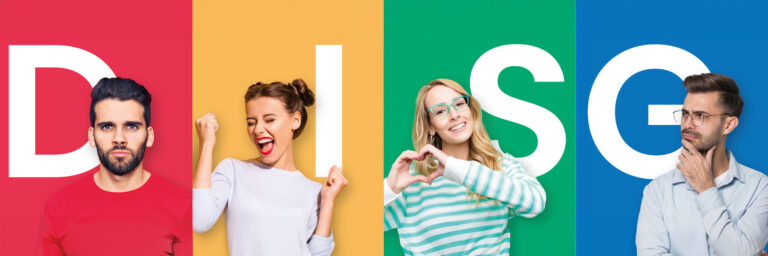Wiedza o tym, jak uczą się poszczególne osoby, ma kluczowe znaczenie dla powodzenia działań edukacyjnych. W literaturze często spotykamy się z terminami typy uczenia się i style uczenia się.
Jaka jest jednak różnica i co to oznacza dla współczesnego nauczania?
Czym są typy uczenia się?
Kiedy uczniowie uczą się szybciej lub wolniej, często nie ma to nic wspólnego z inteligencją, ale z różnymi typami uczenia się.
W badaniach typ uczenia się jest powiązany z wykorzystywanymi podstawowymi narządami zmysłów. Oprócz oczu i uszu obejmuje to również zmysł węchu, smaku i dotyku. Materiał do nauki wchodzi do naszej pamięci poprzez zaangażowane narządy zmysłów. Ponieważ poszczególne narządy zmysłów są różnie rozwinięte u każdej osoby, można opisać różne typy uczenia się. W oparciu o narządy zmysłów (wzrokowe, słuchowe, węchowe, smakowe i dotykowe) zaangażowane w uczenie się, literatura często mówi o typach uczenia się wzrokowego, słuchowego, komunikacyjnego i motorycznego.
Jednak ta kategoryzacja jest również krytykowana w nauce. Wynika to z faktu, że nie kryje się za tym żadna prawdziwa koncepcja uczenia się.W filmie, Ekspert ds. uczenia się Renate Wittmann wyjaśnia, dlaczego nie pomaga ludziom sortowanie ich według tych kategorii i co zamiast tego pomaga im zrozumieć ich własny sposób uczenia się:.
Czym są style uczenia się?
<Wraz z opisem stylów uczenia się, psychologia uczenia się rozróżnia różne zdolności uczenia się. Opierają się one na różnych elementach typologii uczenia się, takich jak emocjonalne warunki wstępne do nauki, motywacja poprzez treść, projektowanie środowisk uczenia się, zdolność do wzięcia odpowiedzialności za siebie, możliwość kwestionowania treści nauczania itp.
Koncepcje stylów uczenia się opierają się na założeniu że uczący się mają zasadniczo wszystkie kanały percepcyjne i sensoryczne dostępne do odbierania informacji. Jednak przez całe życie ludzie rozwijają preferencje i mocne strony dla określonych kanałów percepcji i przetwarzania. Obecnie w literaturze można znaleźć ponad 80 różnych modeli stylów uczenia się.
Implikacje dla nauczania
Zorientowanie nauczania na jednostkę i jej potrzeby rozwinęło się dopiero w ubiegłym wieku. Dzisiejsze instytucje edukacyjne konkurują ze sobą i potrzebują unikalnych punktów sprzedaży, aby zabezpieczyć swoje istnienie. Uczniowie nie są już postrzegani jedynie jako odbiorcy treści edukacyjnych, ale w znacznie większym stopniu jako klienci. Wiedza na temat uczenia się, typów uczenia się lub stylów nauczania i uczenia się pomaga zarówno uczniom, jak i nauczycielom w rozważaniu takich pytań, jak:
- Jakie są moje preferowane wzorce uczenia się?
- W jakim środowisku odbywa się nauka?
- Jakie są preferowane techniki i strategie?
- Jakie wzorce poznawcze są wykorzystywane?
Kluczowe znaczenie dla skutecznego uczenia się ma radzenie sobie z własnymi wzorcami uczenia się i wdrażanie własnych strategii uczenia się w życiu codziennym. Uwzględnienie osobistych stylów nauczania i uczenia się jest już wyrazem uznania indywidualności i samoodpowiedzialności uczniów. Inwentarze takie jak persolog® Planer strategii uczenia się i osobowości pomoc w pozycjonowaniu i wsparcie w określaniu celów dalszego rozwoju i awansu.
Jeśli chcą Państwo dowiedzieć się więcej o 4 Ścieżki do zwiększonych kompetencji edukacyjnych, polecamy webinar z autorkami Deborą Karsch i Renate Wittmann. Dowiedzą się Państwo, jak stać się architektem własnego rozwoju i jak wykorzystać 4 Ścieżki do zwiększonych kompetencji edukacyjnych jako źródło Państwa sukcesu.



